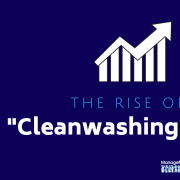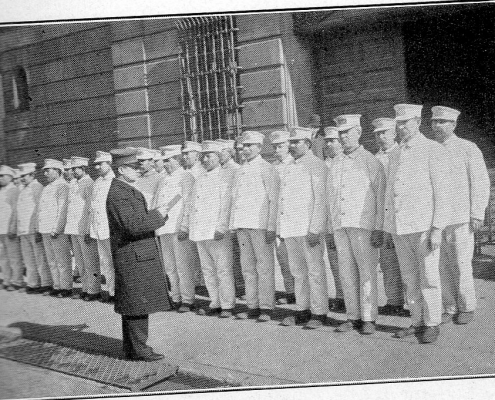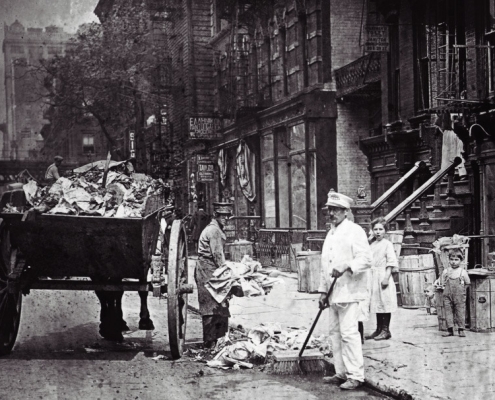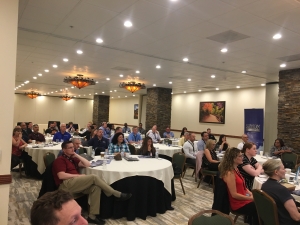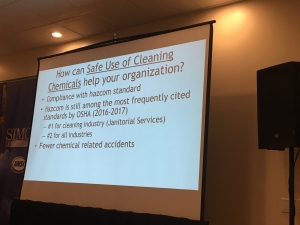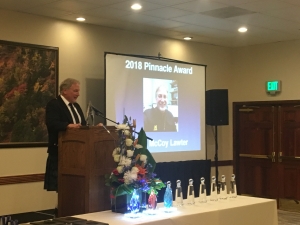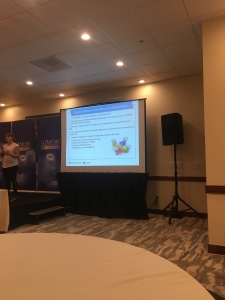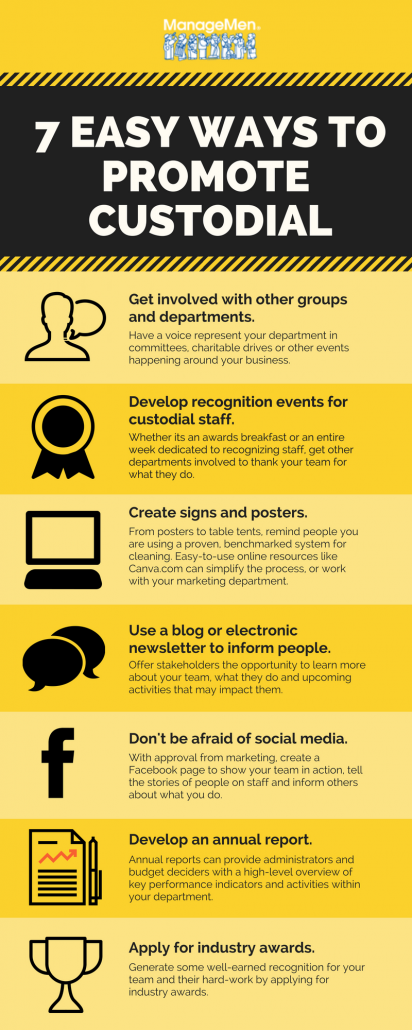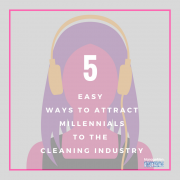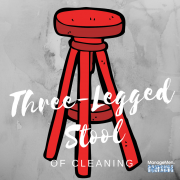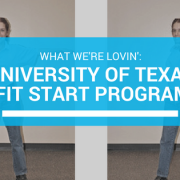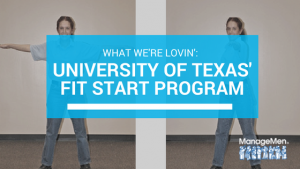The Rise of Cleanwashing: Part I
If you’re familiar with the green cleaning movement, you’ve probably heard the term “greenwashing.” Greenwashing started happening when consumer demand for green cleaning products grew. In attempt to capture market share, suppliers of cleaning products and services made sustainability claims… but it quickly became apparent that many of these products and services weren’t really “green.”
According to Scientific American, the term “greenwashing” involves “falsely conveying to consumers that a given product, service, company or institution factors environmental responsibility into its offerings and/or operations.” Put simply, a company says their product or service is sustainable when it is not.
We’re starting to see the same thing happening with professional cleaning services. More than ever, consumers understand the benefits and desire a clean facility in which to live, work, learn and shop. As a result, they are spending more money — and time — in buildings they feel to be clean.
Here’s a quick look at the numbers:
- RETAIL CLEANLINESS: One study of approximately 2,100 U.S. adults found that 93 percent of those surveyed would not return to a retail store if they experienced issues with its facilities. The cleanliness issues that mattered most included bad odors, dirty restrooms and other dirty surfaces, and miscellaneous areas like entryways.
- RESTAURANT CLEANLINESS: Restaurant Business reports that 59 percent of consumers say that cleanliness is very important when choosing where to dine, even compared to other considerations such as service, value and order accuracy.
- SUPERMARKET CLEANLINESS: Supermarket News reports that store cleanliness is just as importance as quality and freshness of the food in a supermarket experience survey.
- MILLENNIALS WANT CLEAN: When it comes to millennials, the need for clean increases. A Marketwatch report highlights that three in four millennials (77 percent) thoroughly clean their homes at least once a week compared to 42 percent of Baby Boomers.

- Entrepreneur reports: “When it comes to food, millennials seek cleanliness and healthiness. They are 2.5 times more likely than boomers to list a store’s hygiene level as a deterrent to stopping there…”
As we experience the increased demand for clean, we can expect a rising of organizations that make false claims around the effectiveness of their cleaning services, or, “cleanwashing.”
You see, in the U.S., the cleaning industry is engaged in a decades-long battle against a misconception gripping most Americans. That misconception is that anyone can clean. And while it’s true that most people can clean, the fact remains that they need to be educated on how to clean properly. Otherwise, there’s a good chance that they’re just moving around dirt from one location to another.
In many regards, the U.S. cleaning industry is still very much the Wild West. With very few standards or regulations around how we clean, we can expect to experience a surge of organizations “falsely conveying to consumers that their service factors cleanliness and health into its offerings and/or operations.”
Or, cleanwashing. Without organizations to govern claims made by cleaning operations, we will experience a flood of companies making unsubstantiated claims around the efficacy of their work.
In the second part of this series, we’ll look at what is cleanwashing and steps that facility managers, building owners and others who procure cleaning service can take to avoid it and steps cleaning organizations can take to separate themselves in an increasingly crowded marketplace.

